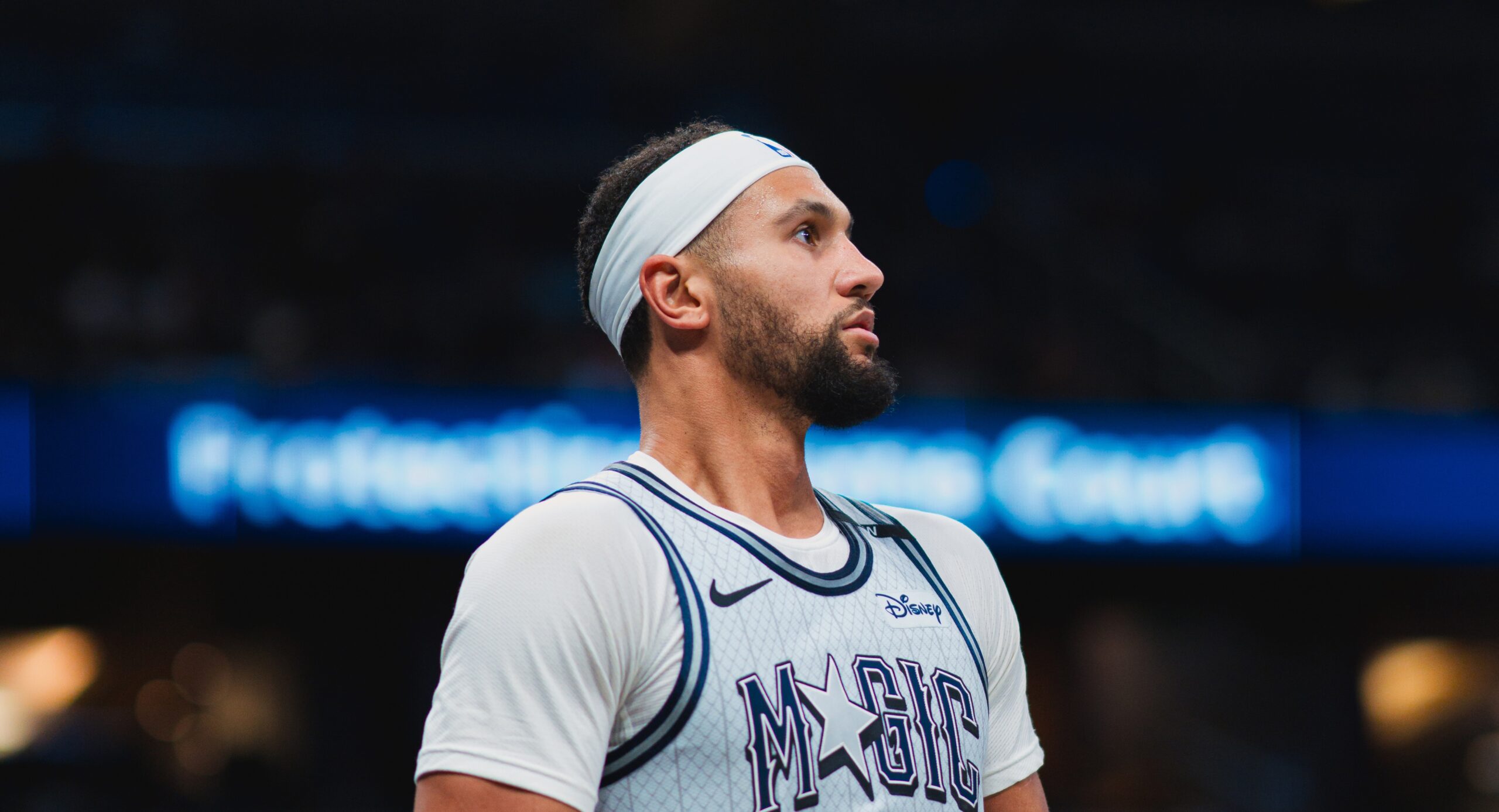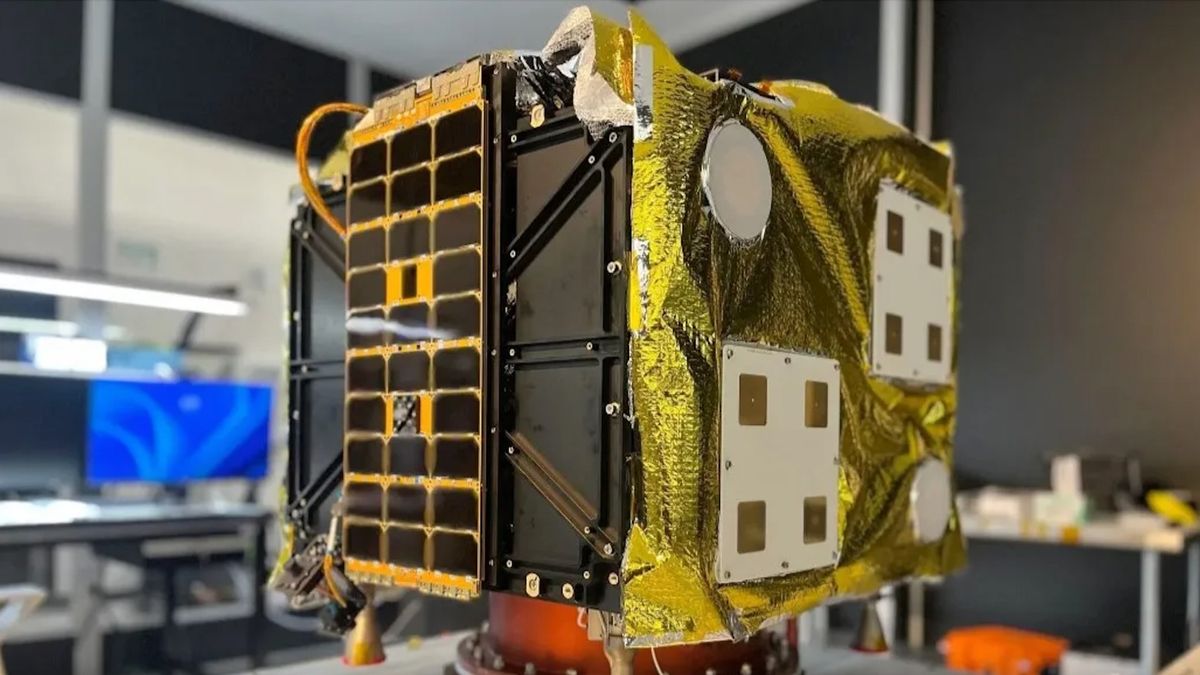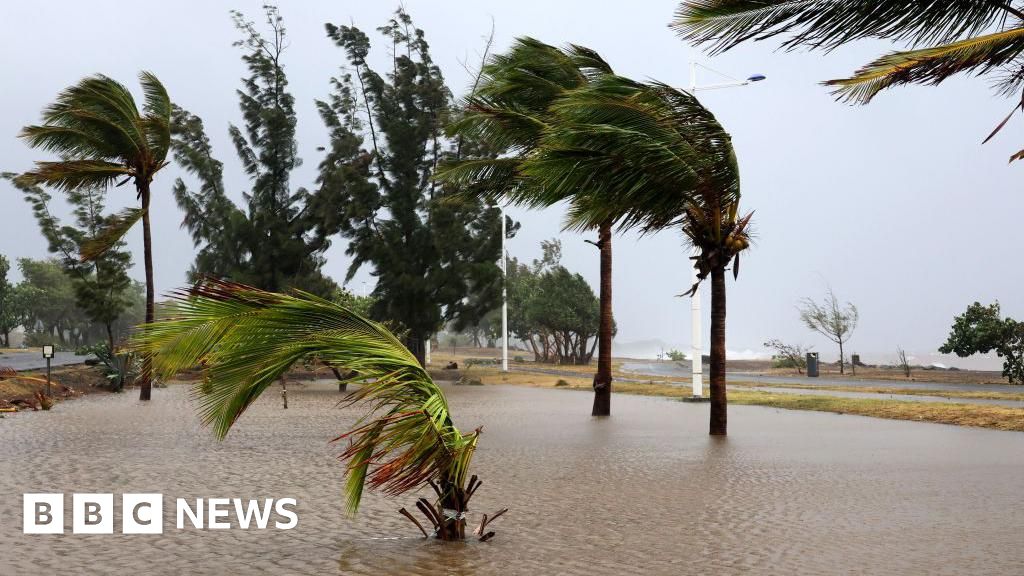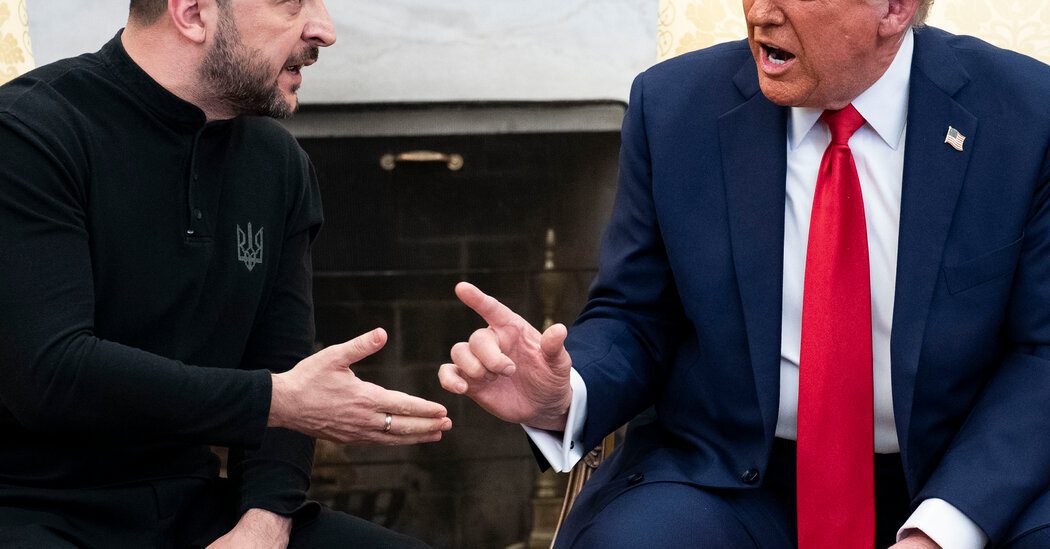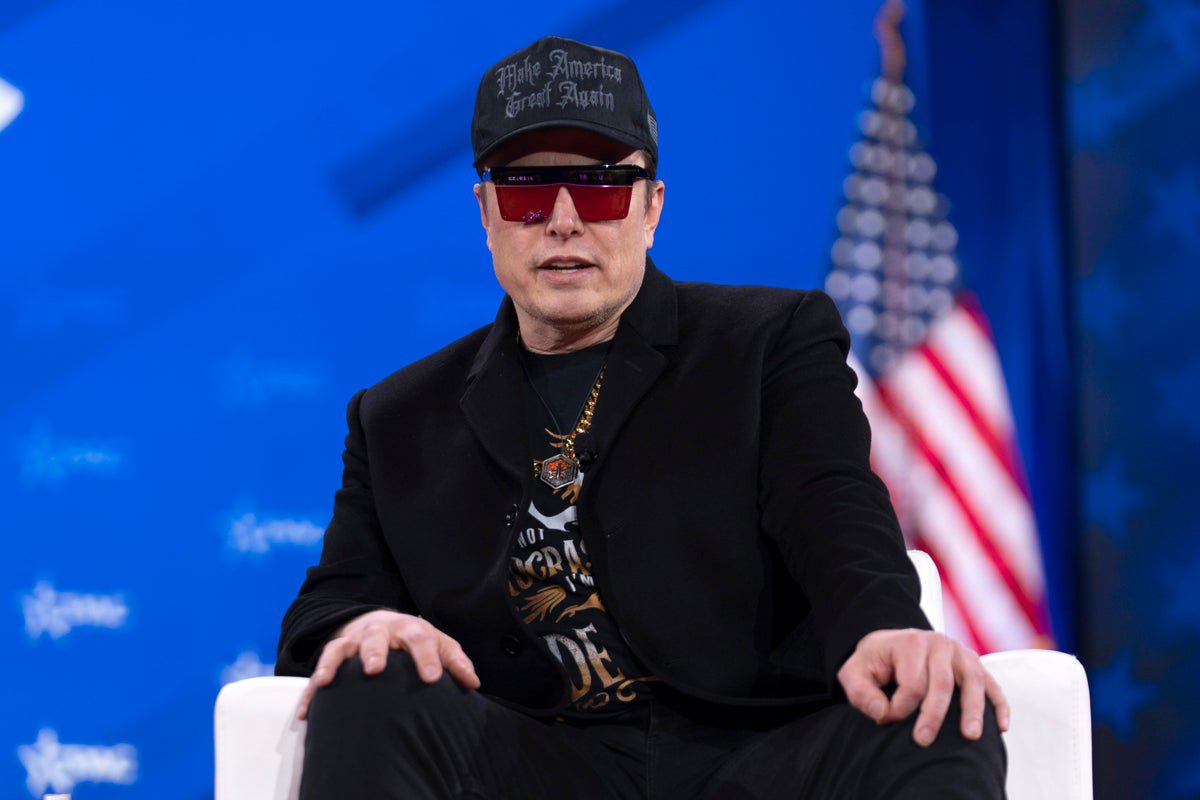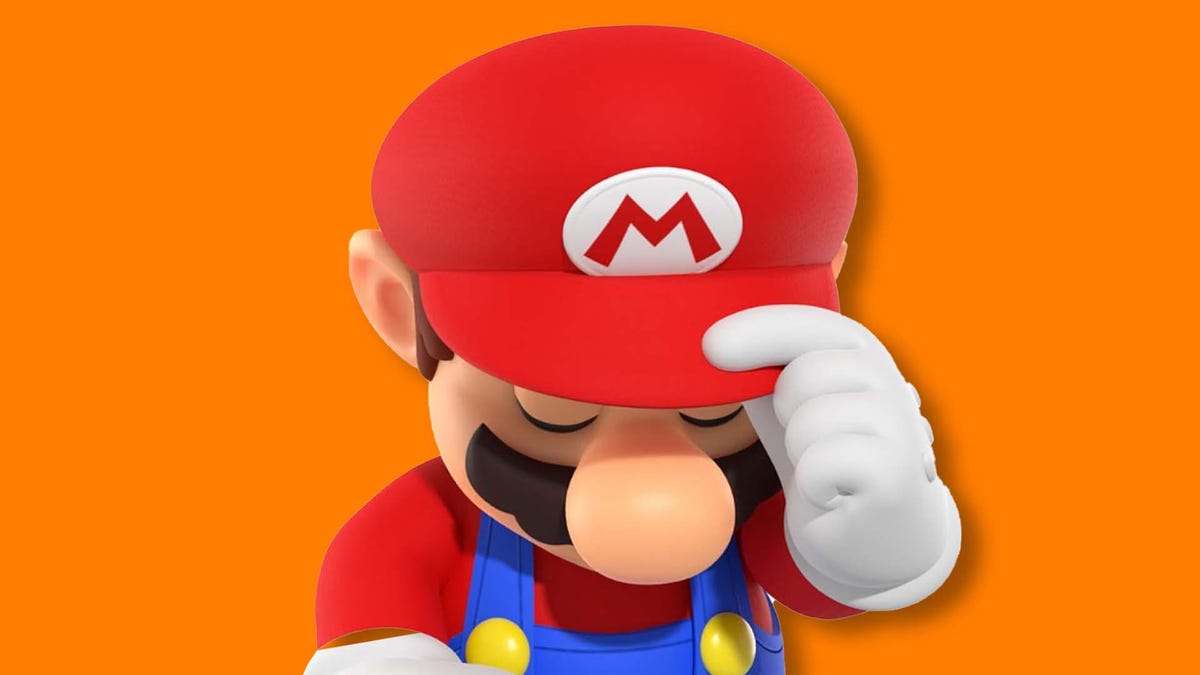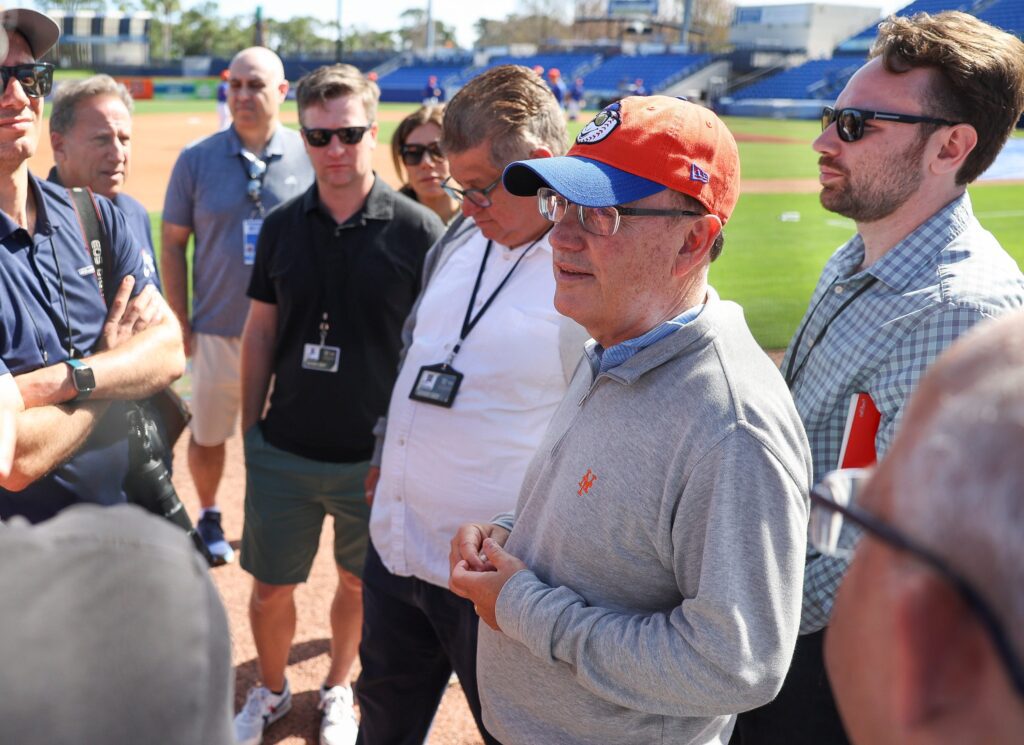
On Tuesday morning, New York Mets owner Steve Cohen addressed the media, sharing insights into the team’s financial strategy following another significant offseason. Cohen remarked that the recent winter, characterized by an unprecedented contract for Juan Soto, along with the retention of star players like Sean Manaea and Pete Alonso, exceeded his expected budget.
“It always seems that players cost more than anticipated,” Cohen commented to reporters, including Tim Healey from Newsday and Jorge Castillo of ESPN. “I have the means to invest when necessary. My goal is to win and build the strongest team possible. However, the free agency market is costly… Even this year, I had a target payroll in mind, but I’ve surpassed it significantly. As a result of unforeseen circumstances, I need to adjust my approach.”
Acquiring Soto involved an astounding average annual value (AAV) of $51 million, breaking previous records. The Mets skillfully navigated Alonso’s free agency market, securing him for two years with an opt-out clause after the first season, at a $27 million AAV and $30 million due in the upcoming year, making it a significant investment for the 2025 season. Manaea received a three-year deal worth $75 million, deferred, while Frankie Montas, Clay Holmes, and A.J. Minter all landed multi-year contracts with significant salaries.
According to RosterResource, the Mets’ projected payroll is approximately $331 million, with the competitive balance tax (CBT) forecasted to be around $325 million. Cohen indicated that he anticipates finishing the season with a payroll close to $340 million, including potential in-season acquisitions like waiver claims and trade deadline deals.
Future plans may involve seeking additional players during Spring Training, especially following Montas’s recent announcement about being sidelined for a significant period due to a lat injury. While Jose Quintana is one of the top unsigned starting pitchers, reports suggest the Mets are not pursuing him actively. Mike Puma from The New York Post noted that despite Quintana’s interest in a return, the Mets have not engaged with his market.
With the second-highest payroll in MLB behind the Dodgers, the Mets are entering their fourth consecutive season of exceeding the luxury tax threshold, this time facing the highest penalty tier, amounting to $60 million over the base limit. This tier was introduced in the 2022 collective bargaining agreement in response to concerns from other owners about Cohen’s spending capabilities. Teams in this upper tax bracket encounter a 110% tax on any spending beyond $301 million, the CBT figure for this year.
Although Cohen stated that the Mets will remain in this high penalty tier for the 2025 season, he expressed optimism about reducing expenditures in upcoming years. “I would like to stay below the Cohen Tax,” he stated, referencing the informal term for the highest tax level. “It’s not just about me; there are many Cohens in the league.” He also hinted at being cautious about signing another long-term mega deal next offseason, explaining, “You can’t accumulate too many lengthy contracts because it compromises roster flexibility, so we must tread carefully.”
This isn’t the first time Cohen has indicated a desire to limit spending over the long haul, yet this hasn’t fully materialized. Last season concluded with a tax number around $348 million, suggesting a modest decrease in spending for the upcoming season. Projections estimate the CBT figure for 2026 to be around $206 million, as contracts for Starling Marte and several one-year signings—including Jesse Winker, Griffin Canning, and Ryne Stanek—are set to expire after this season. Alonso, Montas, Minter, and Edwin Díaz also have opt-out options.
Of this group, Alonso is the most likely to explore the free agent market again. The star first baseman did not receive the long-term interest he had anticipated, resulting in a short-term agreement. Alonso described this pact as “a bridge to reach the next contract” (link via Tim Healey from Newsday). He acknowledged his last two seasons have not matched his top performance levels, influencing the shorter deal. Alonso chose not to accept a three-year offer from the Mets in favor of a more front-loaded two-year arrangement. According to Jon Heyman of the New York Post, both the Mets and Blue Jays issued proposals earlier in the offseason around $85 million that included deferred payments.
Alonso also mentioned that the qualifying offer impacted his market more significantly than he had expected. Any team other than the Mets would have had to give up a draft pick and/or international bonus pool money to sign him. The Mets only forfeited the right to a fourth-round pick in retaining their own free agent. Since players can only receive the qualifying offer once in their careers, Alonso is set to hit the market without restrictions next offseason. He expressed no hard feelings towards the Mets regarding the events of this winter, and he noted it would be “fantastic” if both parties could negotiate a longer-term agreement in the future.




